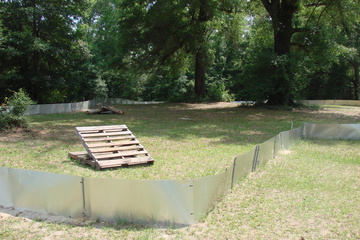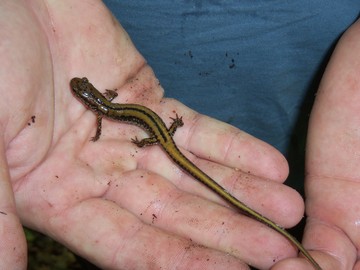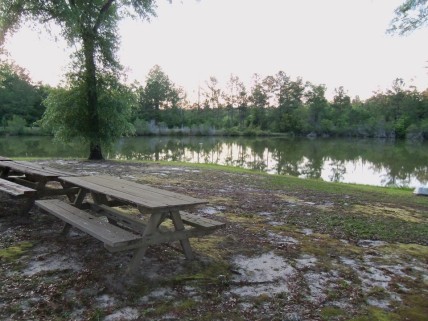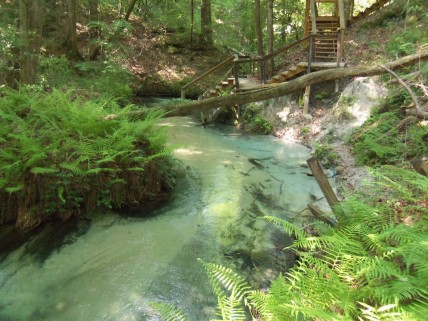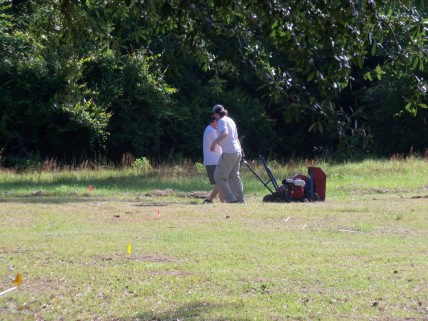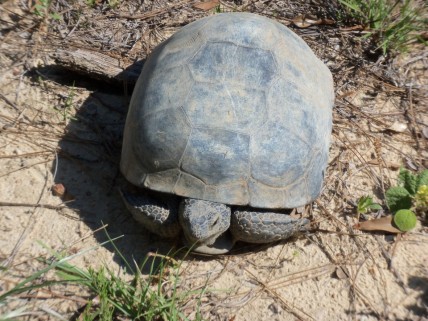(Originally posted on our 2012 Field Blog — by Chris Thawley
In the conference room of good old Mueller 508, PSU, Happy Valley, the walls feature mementoes of important lab events: cover pages of published articles, our Christmas door decoration trophy, a sticker chart of all papers in review/press, and, in prominent position, our Lab A-Cheez-ments, a trophy wall of the boxes of all the different Cheez-It species we’ve sampled. As various people and parts of our lab have migrated South for the summer, it’s been no surprise that our slightly ridiculous obsession with Cheez-Its has come along for the ride.
Upon first rolling solo into Andalusia in my PSU-issued Ford Fusion (not recommended, the blind spots are ludicrous), I diverted for a quick detour to the local Walmart to stock up on groceries and supplies. While wandering the aisles and marveling at the bounty of different foods (carp and anchovies, orangutans and breakfast cereals…), I chanced upon that holy grail of snacks, a new-to-science taxon of Cheez-Its, the Cheddar and BBQ Snack Mix! Was this a regional delicacy or the debut of a new (and delicious) product? All thoughts of further shopping aside, I snatched a sample with both hands, headed for the self-checkout line, and made a beeline to the Pond House to share my discovery with the rest of the lab.
On entering the Pond House, I shared my startling new findings with Travis, Gail, Sean, and Jill around the dining room table. I felt right at home too, as, in addition to the soothing tones of Travis’ snores, the table itself had, including my new box, remnants of 6 different types of Cheez-Its!
As we’ve begun our summer research program this year, we’ll be adding a few components to the research we’ve done last year. One piece that I’m really excited about is looking at the differences in arthropod (bug) communities between the enclosures that have fire ants vs. those in which we’ve eliminated them with our famed, medieval boiling water method. To quantify the arthropods, we’re using a combination of techniques, including pitfall traps, ant mound censuses, and baits. Cheez-Its, in addition to sustaining hungry researchers through the rigors of field work, may have a scientific role to play as well. Our initial tests indicate that they function as a highly attractive bait for many ants, including fire ants! Apparently, a love of baked crackers with the taste of 100% real cheese is not unique to the phylum Chordata.
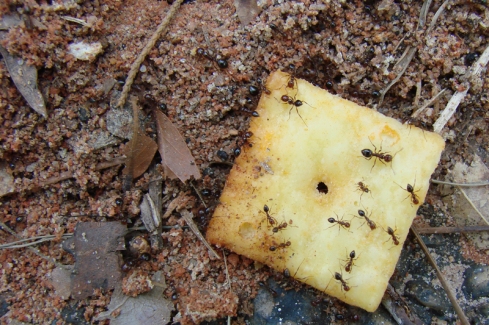
Fire ants recruit quickly to Cheez-Its, defending them from rival ants with venomous stingers and a surly disposition.
As the field season progresses, I’m sure there will be many more vital updates on the contribution of Cheez-Its to ecology featured on this blog. In the meantime, I’ll be chilling on the porch with a Diet Mt. Dew in my hand, watching the bass jump in the pond, and enjoying the most recent fruits of my field labor: a box of Smoked Cheddar/Monterrey Jack Cheez-It Duoz.
Update: Gail informs me that the Cheddar and BBQ Snack Mix has debuted in the State College area. Look for it at a store near you!







